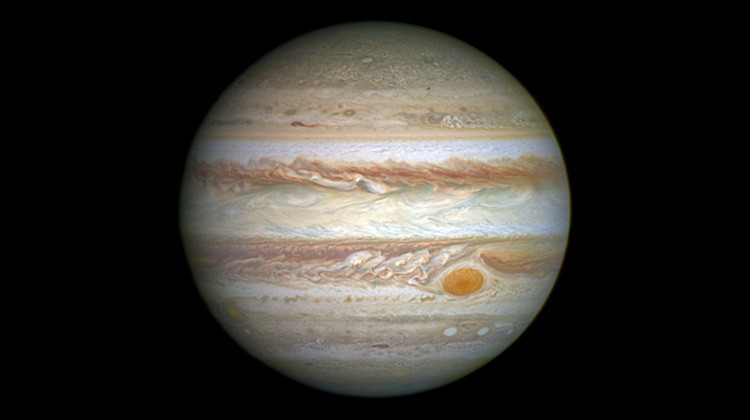Perseid Meteor Shower
Update: 2020-08-14
Description
The Perseid Meteor Shower is great not only because it falls among the warmest nights of the year, so you don’t really have to bundle up to see it. But also because it’s one of the most frequent showers, producing up to 110 meteors per hour at its peak. That’s a meteor almost every thirty seconds.
Now, chances are you’ve seen a bright meteor streak the sky at some point in your life… and you’ll see a few of those this weekend, but most will be fast, and dim, so it’s important to find dark skies if you want to see the most meteors.
Now there’s one thing that can really ruin a meteor shower no matter how far out in the country you go to watch it… the moon. If the moon is out, its brightness will wash out the dimmer, more frequent meteors. Luckily, the moon doesn’t rise until around 3:30 am on Saturday morning, and it won’t be up until after 4am Sunday morning.
They’re called the Perseids because they appear to emanate from the constellation Perseus, but you don’t really have to know where that is to know where to look. Here’s a good rule to follow. Just look to the northeast. That’s pretty much all you need to know. The earlier you’re out, the lower to the horizon the meteors will be, but the northeastern sky is the general target.
When you watch the meteors this weekend, you’ll be watching tiny particles—most of them smaller than a grain of sand, as they streak through the atmosphere and burn up… for our viewing pleasure. Dusty remnants of a comet called Swift Tuttle, which comes around about once every 133 years. Oh, as always, don’t forget the bug spray.
Now, chances are you’ve seen a bright meteor streak the sky at some point in your life… and you’ll see a few of those this weekend, but most will be fast, and dim, so it’s important to find dark skies if you want to see the most meteors.
Now there’s one thing that can really ruin a meteor shower no matter how far out in the country you go to watch it… the moon. If the moon is out, its brightness will wash out the dimmer, more frequent meteors. Luckily, the moon doesn’t rise until around 3:30 am on Saturday morning, and it won’t be up until after 4am Sunday morning.
They’re called the Perseids because they appear to emanate from the constellation Perseus, but you don’t really have to know where that is to know where to look. Here’s a good rule to follow. Just look to the northeast. That’s pretty much all you need to know. The earlier you’re out, the lower to the horizon the meteors will be, but the northeastern sky is the general target.
When you watch the meteors this weekend, you’ll be watching tiny particles—most of them smaller than a grain of sand, as they streak through the atmosphere and burn up… for our viewing pleasure. Dusty remnants of a comet called Swift Tuttle, which comes around about once every 133 years. Oh, as always, don’t forget the bug spray.
Comments
Top Podcasts
The Best New Comedy Podcast Right Now – June 2024The Best News Podcast Right Now – June 2024The Best New Business Podcast Right Now – June 2024The Best New Sports Podcast Right Now – June 2024The Best New True Crime Podcast Right Now – June 2024The Best New Joe Rogan Experience Podcast Right Now – June 20The Best New Dan Bongino Show Podcast Right Now – June 20The Best New Mark Levin Podcast – June 2024
In Channel














